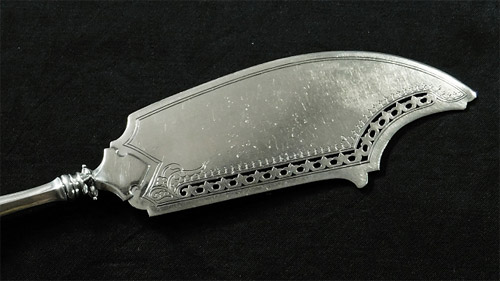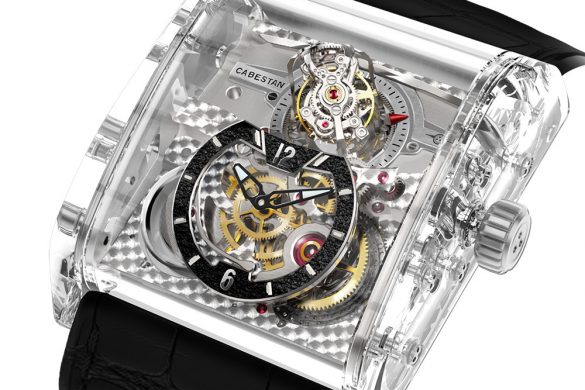The long-lost Faberge silver knives, worth £1 million, were found in Poland.
Everyone thought that after the October Revolution, silver knives were melted in a foundry, and the rest of Faberge’s silver lunch service. Nevertheless, two knives with the famous signature of goldsmith Peter Carl Faberge appeared a century later, in Poland.
Peter Carl Faberge was a famous Russian jeweler best known for Faberge Easter Eggs, modeled on the ancient Easter eggs, which he made of precious metals and stones.

Faberge Knives
After 1917, the new Bolshevik Russia needed money for war and the consolidation of its power. It “nationalizes” the property of emperors, aristocratic and urban families and churches.
Crockery, glasses, cutlery … beautiful pieces of gold jewelry were taken to the foundries to be melted, and the state got precious metals. The same fate was reserved for a silver lunch service of more than 100 pieces, which was owned by the exceptionally wealthy Kelch family.
“Art historians and the Faberge Foundation thought that this silverware service had disappeared forever, in its entirety. But ,two fish knives – one for serving that is 35 centimetres (14 inches) long and another for individual use that is 21 centimetres – were miraculously spared,” said Adam Szymanski, a Polish art historian and Faberge expert, who also discovered the knives.
Today, the artwork created by Peter Karl Faberge in auctions reaches astronomical figures.

Faberge Knives










